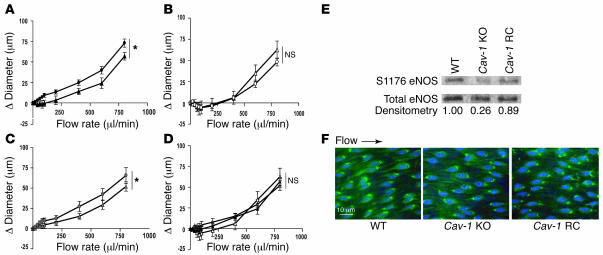Figure 4. Cav-1 is necessary for flow-induced eNOS activation.
(A–D) Flow-induced dilations in pressurized isolated carotid arteries in the absence (circles) and presence (triangles) of l-NAME from WT (A; filled symbols; n = 4 and 10 with and without l-NAME, respectively), Cav-1 KO (B; open symbols; n = 4 and 8 with and without l-NAME, respectively), and Cav-1 RC mice (C; gray symbols; n = 4 and 6 with and without l-NAME, respectively). (D) Comparison of flow-induced dilation performed in the presence of l-NAME between the 3 strains (n = 4 per group). The responses to flow were similar between all groups of mice in the presence of L-NAME. *P < 0.05. (E) Basal eNOS phosphorylation on serine 1176 was reduced in Cav-1 KO mice and rescued in Cav-1 RC mice. Carotid arterial lysates were prepared as described in Methods, and densitometric evaluation of the normalized ratio of phosphorylated eNOS to total eNOS is shown below. (F) The localization of eNOS in intact carotid arteries was similar in WT, Cav-1 KO, and Cav-1 RC mice. Arrow reflects the direction of flow through the vessel segment.

